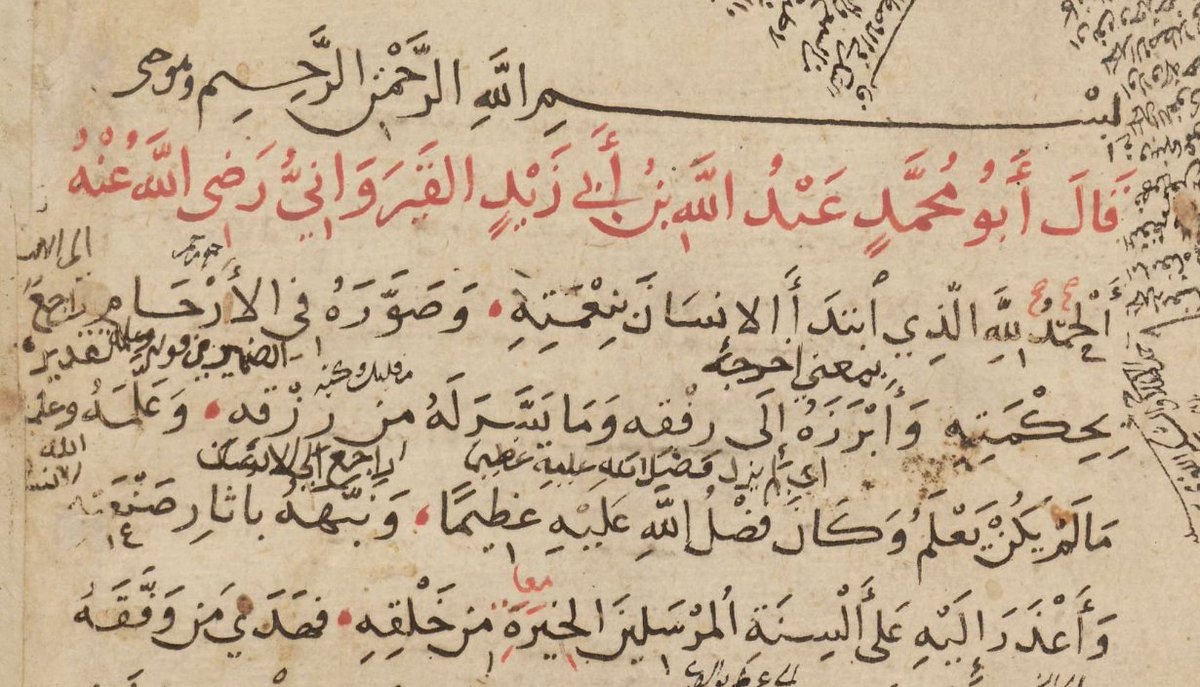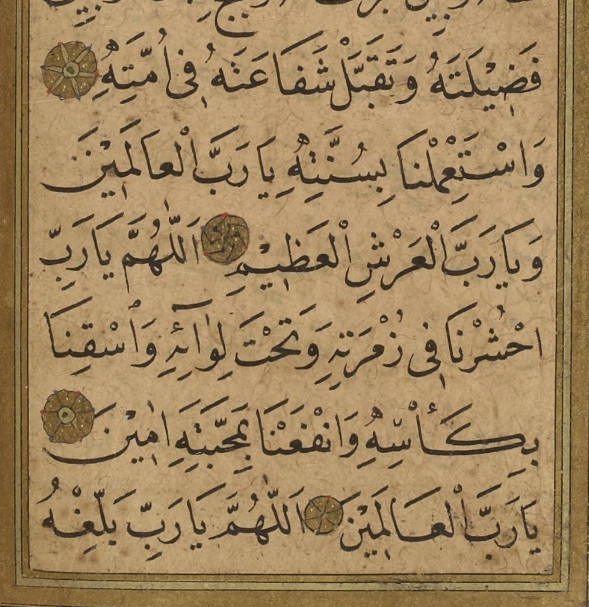academia.edu/40653150/Conne…
1. Those that have a single sign and lack dots for disambiguation
2. Those that are ambiguous in all positions
3. Those that are ambiguous in final position
The two dots on top of the qāf seems to be a late invention. Early manuscripts mark these with dot above and below, but which one gets which is not fixed
academia.edu/40934697/A_New…


Expecting seats of the hamzah to be dotless is simply imposing print orthography onto medieval manuscripts: very wrong!
ko-fi.com/phdnix.
If you want to support me in a more integral way, you can become a patron on Patreon!
patreon.com/PhDniX



































